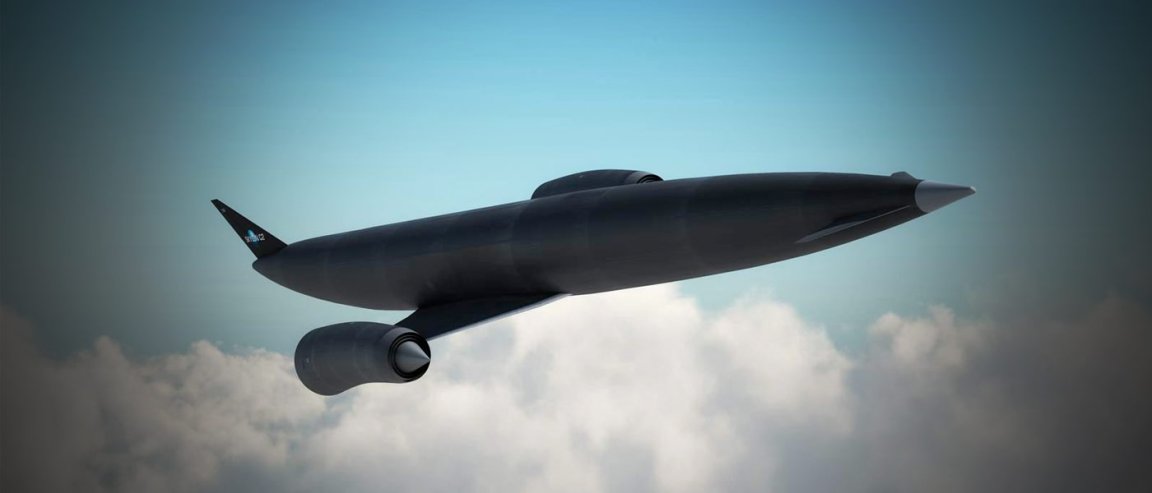
DUAL-PURPOSE
A small team of engineers in Alabama have revealed a prototype engine that combines the speed of rockets with the gas efficiency of jet engines in a single engine. The rocket engine which they call an “RTR turborocket” could allow for the revival of supersonic commercial jets like that of the Concorde and could help give a boost to private space firms.
With the guidance and leadership of aerospace and mechanical engineer John Bossard at BSRD LLC, the new engine removes the turbopump, combustion chambers, and nozzle of liquid-fuel rocket engines and combines it in a single structure. The end result is a simpler and more compact engine that allows it to function as a combined cycle engine, a type of engine that can change between modes of operation.
This combined cycle design, which incorporates a turborocket and turboject, would allow aircraft to take off as a jet and then switch to rocket power at higher altitudes to allow for faster travel. This could also potentially allow aircraft to leave the atmosphere by using the rocket power and opens the possibility of space tourism in commercial aircraft.
“Simple also means lightweight, and we think the RTR could have an excellent thrust-to-weight ratio,” says Bossard. “Maybe really excellent.”
SIMPLIFYING THE ENGINE
In their prototype, the fuel and oxidizer flow into a rotating combustion chamber where it is ignited. The exhaust gases escape through a nozzle built into the end of the engine at a slight angle to the axis of rotation. As a result of this angle, this pushes the engine similar to a conventional rocket and also starts the spinning of the combustion chamber. The rotation feeds the fuel and oxidize into the chamber at a higher pressure similar to turbopumps into conventional engines.
As a result of this simplification in the engine, this means that the new design can be integrated with a jet engine without having to make major changes to commercial aircraft.
Both the rocket and jet engine component of the prototype can utilize the same fuel which would diminish the cargo space that separate fuel tanks would require. The rocket would still need a separate oxidizer tank.
Bossard and company have successfully demonstrated integrating it with an aircraft turbojet engine and ran the system in both rocket and jet mode. “The engine is small,” says Bossard. “You can hold it in one hand.”
The RTR turborocket could also be used in fast, high-flying drones and to further develop resuable rockets.
John Bergmans, a consulting mechanical engineer in the NewSpace industry, says, “In the short term, this approach will provide a competitive advantage to firms that can master this technique. However, this advantage will be quickly eroded once this method becomes commonplace in the industry.We think the time is now to be laying the groundwork for the next step change in launch costs.”
So far, Bossard and his team are seeking additional funding to further perfect the design, ramp up engine thrust, run more tests, and ultimately develop production engines. Researchers at the Air Force Research Laboratory so far have expressed interest.
If Bossard’s team is successful, it could lead to a revolution both in air and space travel and allow us to see commercial jets equipped with rocket engines in the future.